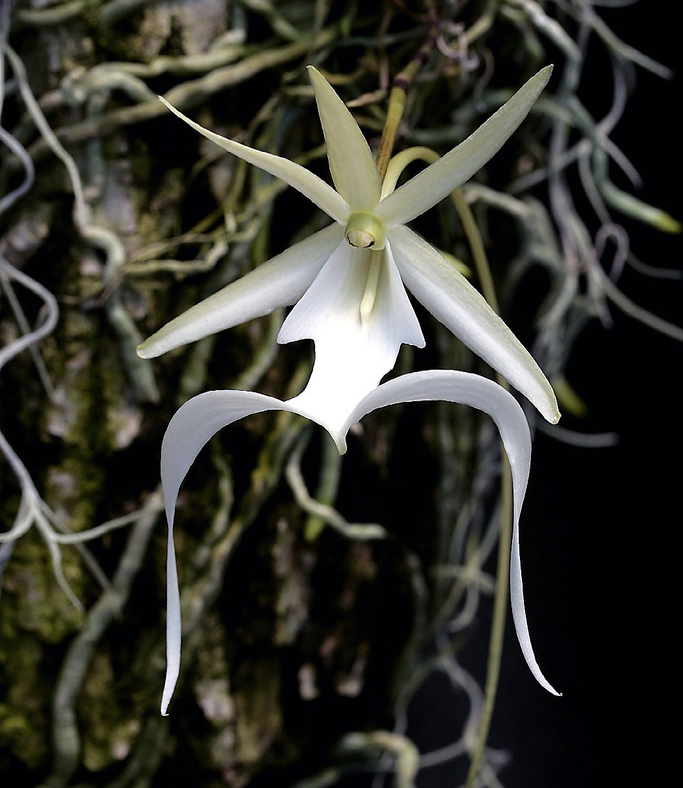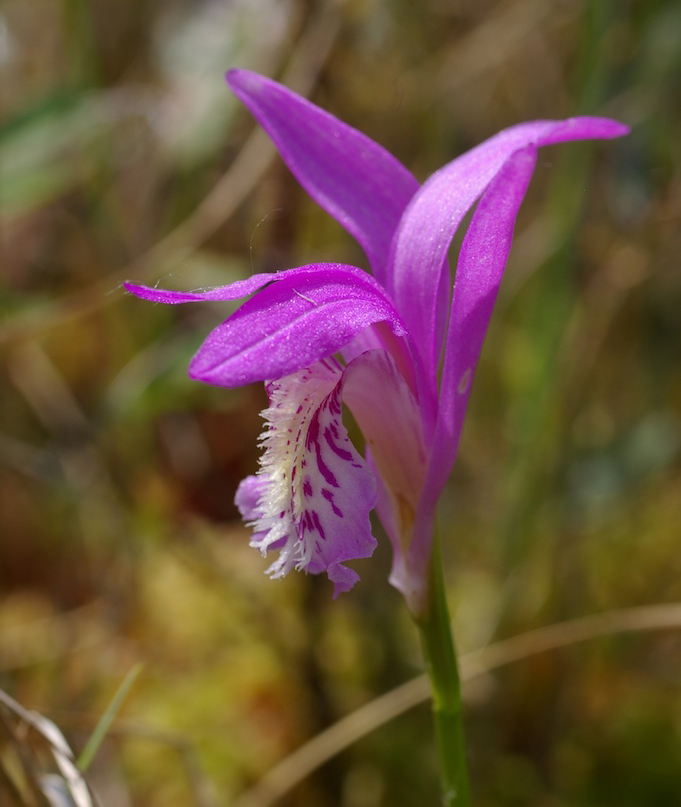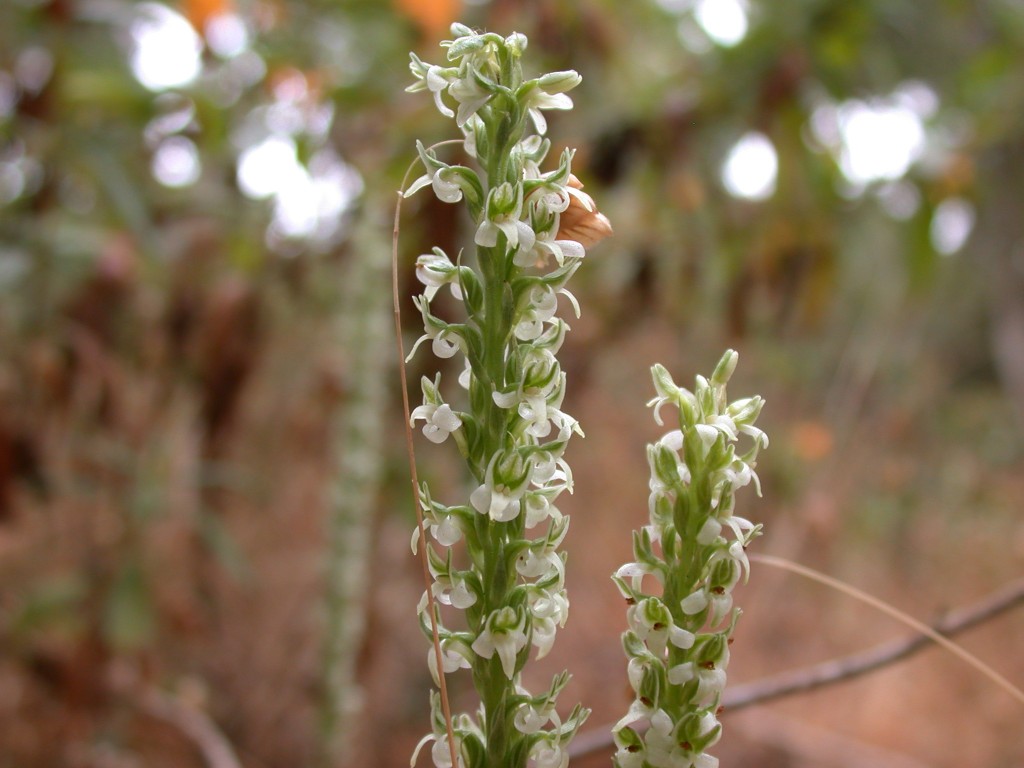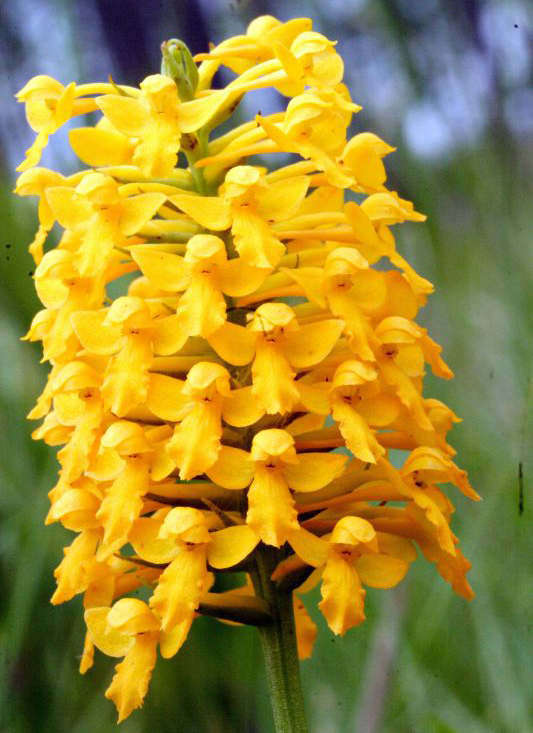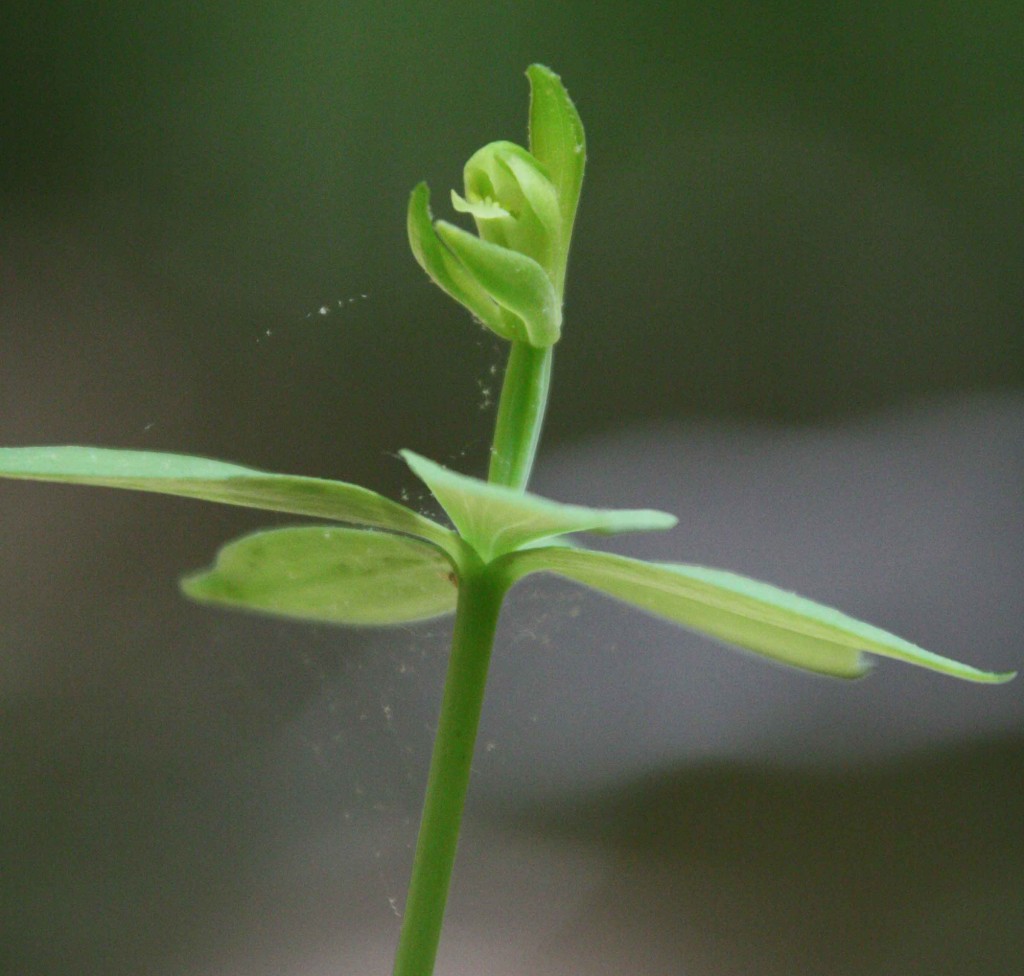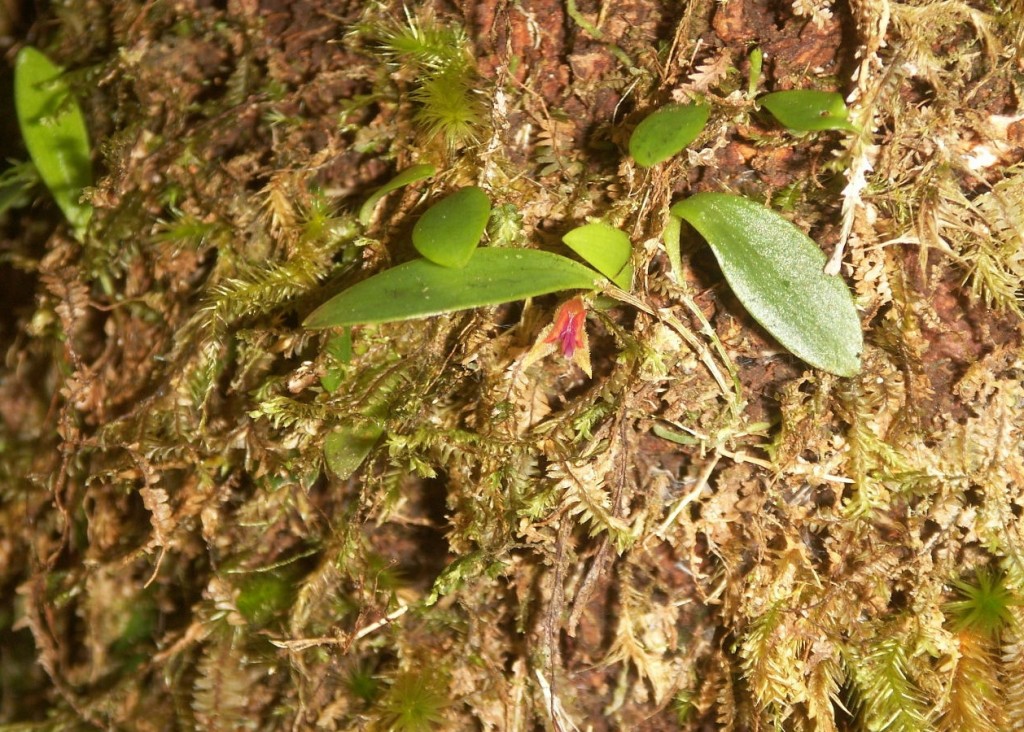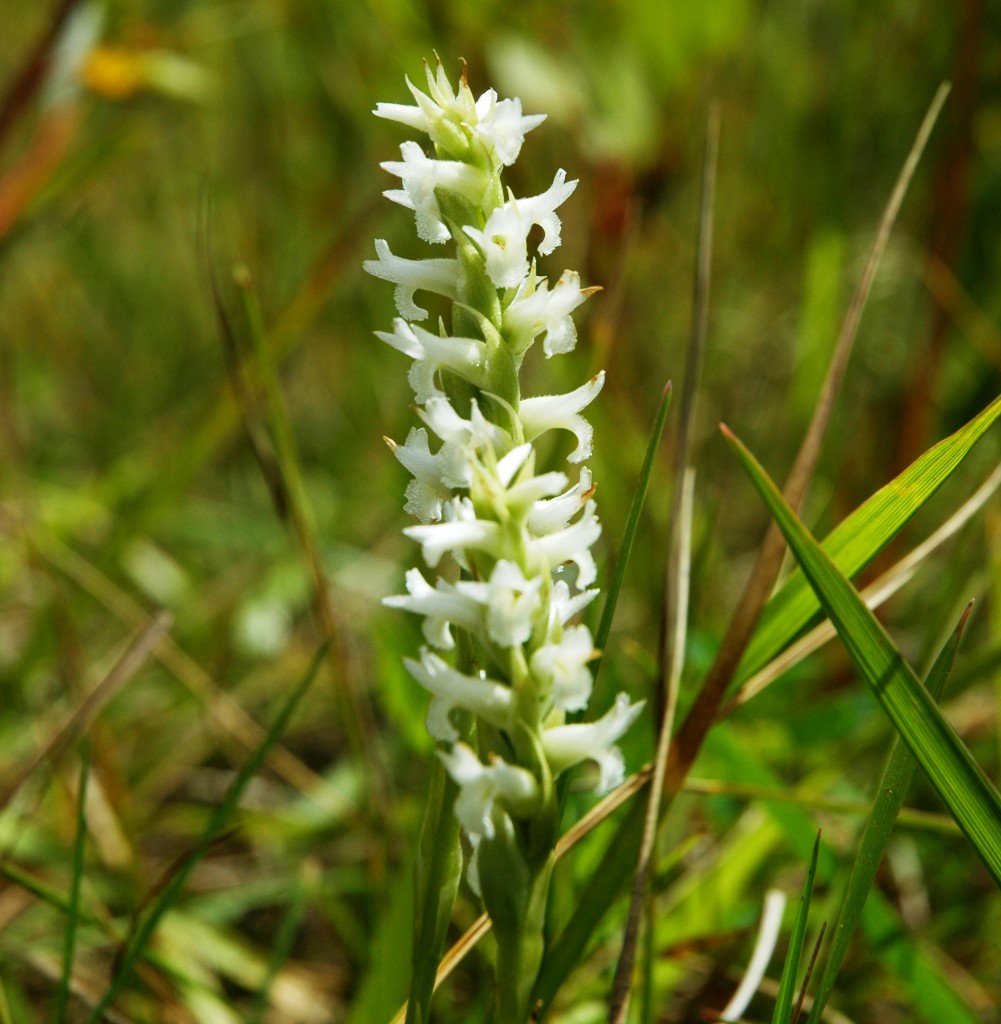North America is home to over 200 species of orchids. More than half are endangered or threatened somewhere in their territories. Some fall prey to poaching. Others fall to habitat loss. But much of their survival depends on something smaller: microscopic fungi in the soil. In the early–and sometimes later–stages of their lives, orchids depend on the symbiotic relationships they form with these fungi to obtain nutrients. If the soil is altered the fungi can disappear, and the orchids soon follow.
May 17 is Endangered Species Day. This year we’re highlighting some of the silent victims in the orchid gallery below.
Ghost Orchid (Dendrophylax lindenii)
This ethereal leafless orchid haunts the swamps of Florida’s deep south, the only state where it can be found. It is a frequent target of poaching, and generally dies within a year of being taken out of the wild.
Status: Endangered in Florida.
Dragon’s Mouth Orchid (Arethusa bulbosa)
This orchid prospers by tricking its pollinators, usually inexperienced queen bees. Its bright colors and sweet scent lure them in, but it offers no nectar as a reward.
Status: Endangered in Connecticut, Maryland, New Hampshire, North Carolina, Ohio, Pennsylvania and Rhode Island.
Yadon’s Piperia (Pipera yadonii)
This tall, slender orchid grows in dense patches with as many as 200 plants in a few square meters. But in the U.S. it appears only in a single county in California.
Status: Federally Endangered
Yellow Fringeless Orchid (Platanthera integra)
The yellow fringeless orchid prefers bogs, streamside savannahs and other damp places. But like many orchids, its exact location is kept a secret to protect it from poachers.
Status: Endangered in Florida, New Jersey and Tennessee
Western Prairie Fringed Orchid (Platanthera praeclara)
An orchid of the Great Plains, this flower seems to require periodic fires, grazing or other disturbances to thrive, but the exact extent is unclear.
Status: Federally threatened. Endangered in Minnesota and Missouri.
Small-whorled pogonia (Isotria medeoloides)
Endangered in 16 of the 20 states where it still survives, the small-whorled pogonia has earned the title “rarest orchid east of the Mississippi.”
Status: Federally threatened. See the USDA for a full list of states where it is endangered.
Luquillo Mountain Babyboot Orchid (Lepanthes eltoroensis)
This flower takes its name from the Luquillo mountains of Puerto Rico, where it grows on moss-covered trees more than a mile above sea level. It puts forth a single red blossom dwarfed by an enormous leaf.
Status: Federally endangered. Endangered in Puerto Rico.
Ute Lady’s Tresses (Spiranthes diluvialis)
Ute lady’s tresses thrive in wetlands and marshes, but habitat loss from agriculture and urban development have caused many populations to disappear.
Status: Federally threatened. Endangered in Washington.
Creative Commons images licenses:
Yellow fringeless and Western prairie fringed orchids (NC Orchid)
Ghost orchid (NC Orchid)
Yadon’s piperia (Raymond Prothero)
Luquillo mountain babyroot orchid

